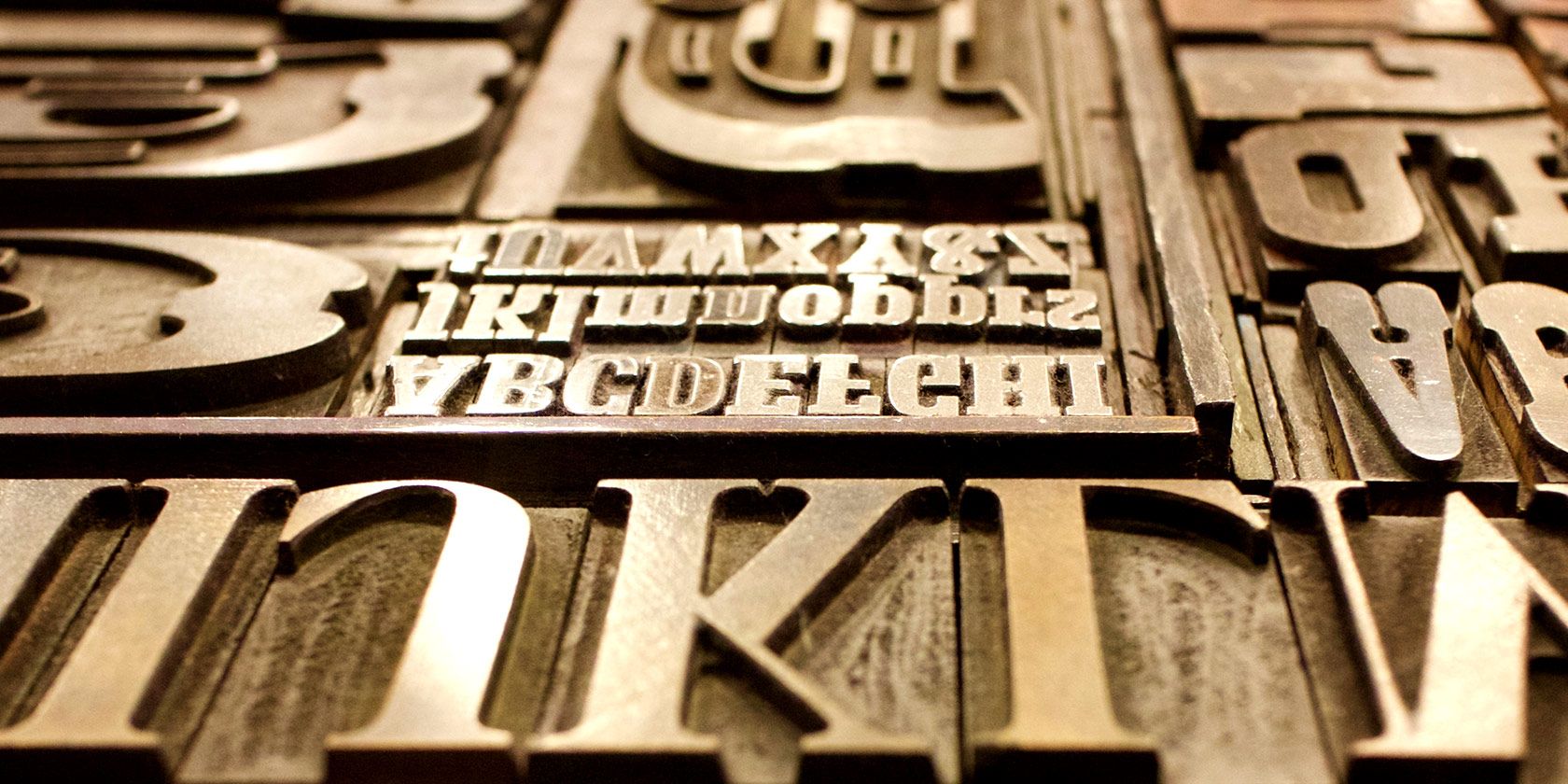

Every designer has a few favorite fonts like this - expressive personal favorites that we hold onto and wait for the perfect festive occasion to use.

My “favorite” piece of clothing is probably an outlandish pair of 70s flare bellbottoms that I bought at a thrift store, but the reality is that these don’t make it out of my closet very often outside of Halloween. While appropriateness isn’t a sexy concept, it’s the acid test that should guide our choice of font. Just as with clothing, there’s a distinction between typefaces that are expressive and stylish versus those that are useful and appropriate to many situations, and our job is to try to find the right balance for the occasion. Used under Creative Commons license.)įor better or for worse, picking a typeface is more like getting dressed in the morning. The most appropriate analogy for picking type. This approach is problematic, because it places too much importance on individuality. Many of my beginning students go about picking a font as though they were searching for new music to listen to: they assess the personality of each face and look for something unique and distinctive that expresses their particular aesthetic taste, perspective and personal history. Here are five guidelines for picking and using fonts that I’ve developed in the course of using and teaching typography. Selecting the right typeface is a mixture of firm rules and loose intuition, and takes years of experience to develop a feeling for. There seem to be endless choices - from normal, conventional-looking fonts to novelty candy cane fonts and bunny fonts - with no way of understanding the options, only never-ending lists of categories and recommendations.
Typeface vs font how to#
In the end, you will learn how to pick the right typeface and what it requires.įor many beginners, the task of picking fonts is a mystifying process. We'll see you there.The article will cover 5 main principles which will provide you with the practical guidance how to select, apply and mix different fonts. In the next lesson, we will look at the type classification categories. We hope that with this lesson, now it's clarified the difference between typeface and font. Our font is a particular style, weight and size within a typeface. For instance, Helvetica is a typeface and Arial is another typeface. So a typeface describes characters that share the common features.

On computers, the file contains enough data to scale it. Computers only need a single file to render an entire typeface. When digital typesetting came into play, many of the old printer terminology was maintained. So fonts were divided by size and upper and lowercase, each was a different font. Fonts with a common design made up a typeface. Printers cast complete sets of metal letters to make up a font. The word comes from the French Fonte, which means cast in metal. The difference between a font and a typeface has its roots in the history of printing. These two words are used interchangeably and while they're both type-related, there is much confusion as to their actual definition. Before we start with more typography, it is important to clarify the difference between typeface and font. In this lesson, we will look at the difference between typeface versus font. Hi and welcome back to the ultimate guide to typography.


 0 kommentar(er)
0 kommentar(er)
